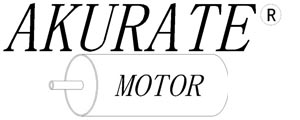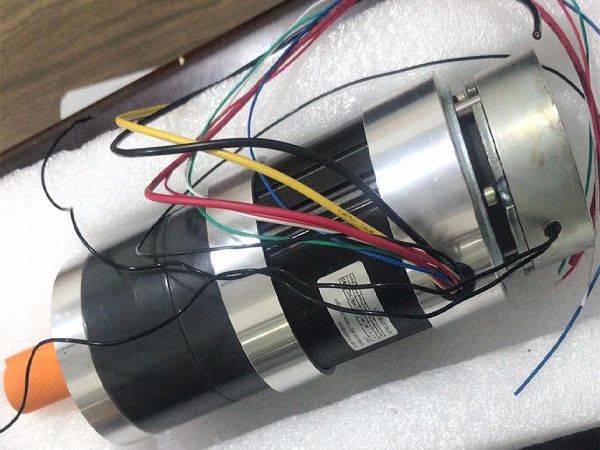Firstly, before purchasing a reduction motor, it is necessary to determine its usage mode, such as the scenario your company intends to use, the requirements of the working environment, whether the working temperature is appropriate, and so on;
After determining the power, it is necessary to consider the motor current, motor voltage, motor speed, motor reduction ratio, motor transmission ratio, motor torque, motor load capacity, motor noise, motor transmission efficiency, motor series, etc.
Next, determine the torque of the output shaft of the deceleration motor, safe rotation mode, maintenance mode, etc;
4. Secondly, determine the speed ratio and reduction ratio of the input drive shaft;
5. Choose a reducer based on the flange size of the reducer. If the torque of the output shaft is insufficient, return 2 and re match; Otherwise, return 0.
6. Determine the safety factor SF;
7. The installation dimensions of the reducer and motor are not appropriate;
8. Is the reduction ratio of the reducer correct?
9. Performance parameters of electric motors, including voltage, power, speed, series current, transmission ratio, load capacity, noise, and transmission efficiency;
10. Working environment and system of the motor;
11. Calculate the torque of the load; It is very important to calculate the torque during the service life of the motor, and pay attention to whether the maximum torque value (TP) of the acceleration exceeds the maximum load torque of the motor.
If there is no suitable model and parameter selection for micro DC motors, customized technical parameters can be used, such as the range of customized parameters:
Diameter: 3.4mm-38mm
Voltage: 3V-24V
Power: 0.01-40w
Output speed: 5-2000rpm
Reduction ratio: 5-1500
Output torque: 1g fnan-50kgfnan




 server
server